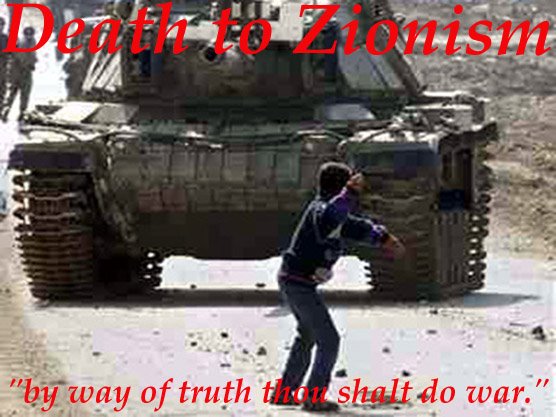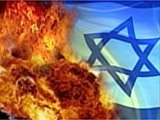By Ashraf Khalil, LATimes
HURT: Fatma Zidane el-Banneh, 8, left, and her mother, Azza, return to the school in Beit Lahiya, in northern Gaza, where Azza says her daughter was burned by white phosphorus used in the Israeli military offensive.
February 15, 2009Reporting from Khozaa, Gaza Strip — She was the strongest among them, the natural leader. So when the shelling stopped and the Israeli soldiers announced through loudspeakers that all residents should come out of their homes and head for the center of town, neighbors turned to Rawhiya Najar for guidance.Emptying the cupboards of sheets and tablecloths -- anything white -- she led a procession of 20 women and children into the streets holding a white flag in each hand, residents say.The group had made it perhaps 200 yards when a soldier stepped out from a door down the street and shot Najar in the head, multiple witnesses say. Her body lay in the street for 12 hours, villagers and doctors say.Weeks after Israel declared a unilateral end to its offensive in the Gaza Strip, the aftermath still burns in Khozaa, a farm town of 11,000 in the south of the territory. Chunks of white phosphorus still lie scattered throughout neighborhoods, buried in dirt and sand; when excavated, they immediately ignite and spew noxious smoke that smells vaguely of garlic.As the International Criminal Court weighs a war crimes investigation of the Gaza offensive, the experience of Khozaa could be a key part in the evidence. It was here that Israeli troops staged a series of incursions from Jan. 11 to 13, facing off against local militant fighters and leaving a trail of accusations and recriminations in their wake.These include charges of indiscriminate firing on civilians and ambulances and what one international weapons expert called the heaviest use of controversial white phosphorus munitions in the 22-day offensive.Local officials say 19 people were killed during the assault, 16 of them civilians. About 150 people were injured, most from prolonged exposure to phosphorus smoke, local medical officials say.
Click here: http://uruknet.info/?p=m51822&hd=&size=1&l=e to read more.









No comments:
Post a Comment